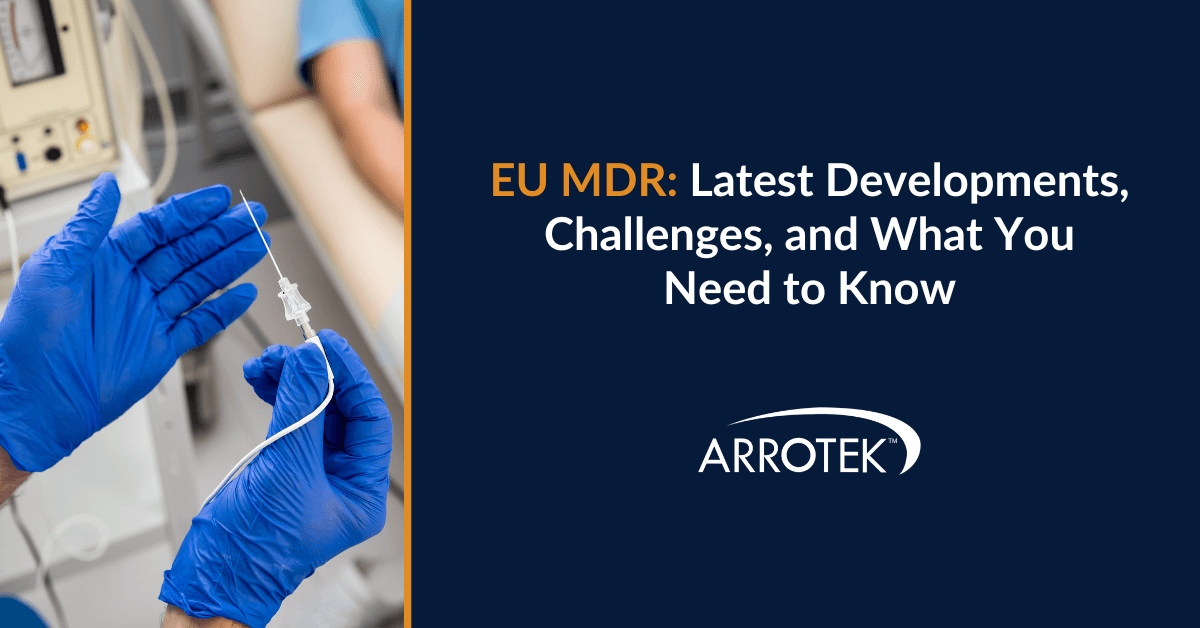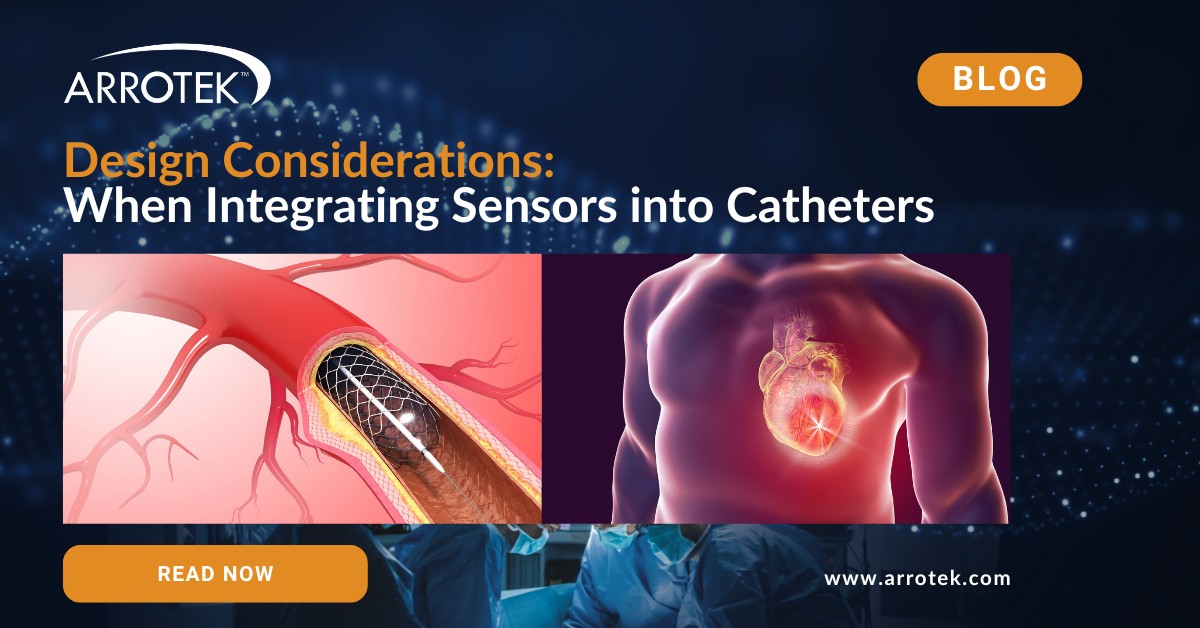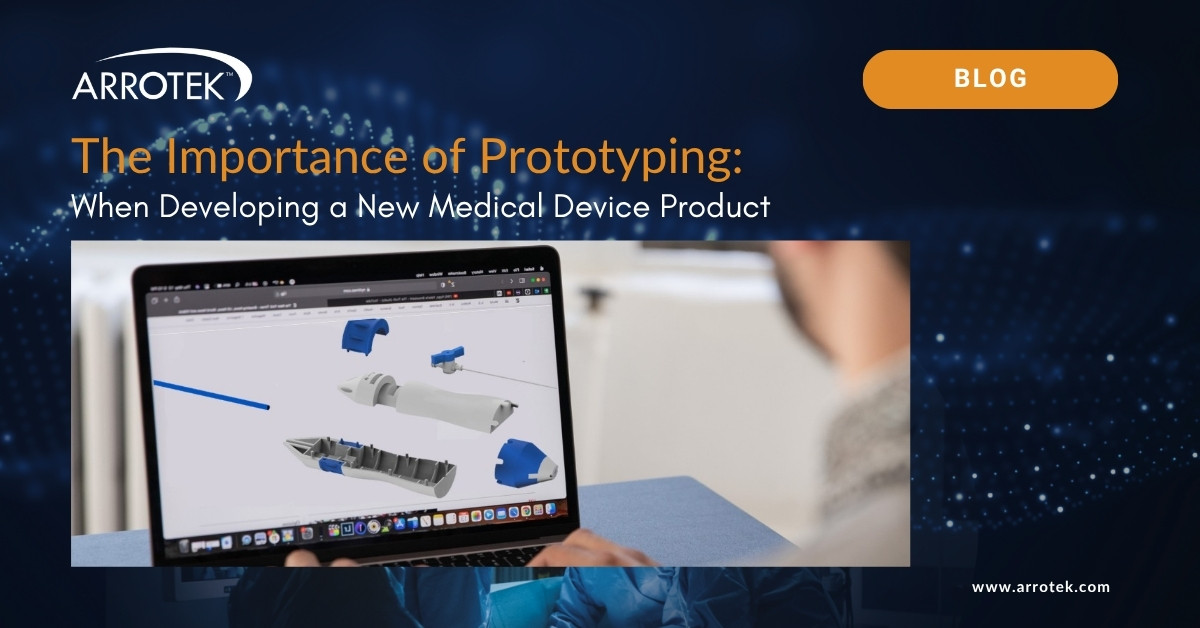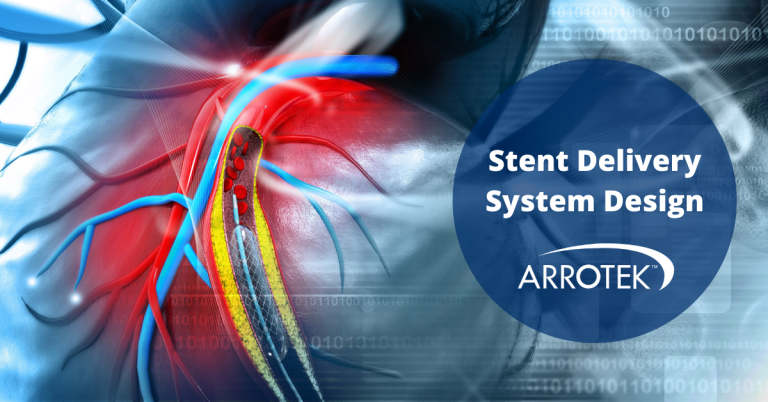The design of the packaging for your medical device product is often as important as the design of the medical device. Packaging is critical for compliance, quality, and patient safety, and it can be a key factor in the commercial success of the product. In a previous blog, we gave an overview of sterile barrier medical device packaging, including what it is, the key characteristics, and when packaging should be considered in the product development process.
The answer to that last question is as early as possible, i.e., packaging should be part of design direction and decision-making processes from the very start. What are the factors that should be considered in relation to sterile barrier medical device packaging design? We’ll cover the main points in this blog, starting with the international standard that applies to sterile packaging in the medical device industry.
ISO 11607
The commonly adopted standard for medical device packaging is ISO 11607. It is the internationally recognised standard for packaging to ensure medical device products remain sterile. It covers both the sterile barrier system and the protective packaging. The protective packaging typically refers to the outer layer that protects the sterile barrier system.
In brief, ISO 11607 requires sterile packaging to be non-toxic and manufactured from traceable materials. It needs to be free from defects including rips, slits, cuts, and holes, and it should be designed and manufactured specifically for use with medical devices.
ISO 11607 also outlines the quality inspection and testing processes that should be followed. They include:
- Integrity to ensure the packaging prevents microorganism growth.
- Strength to determine how much force is needed to open the packaging.
- Microbial barrier tests to ensure the microbial barrier is adequate.
- Common tests include visual inspections, burst tests, seal integrity tests, seal strength tests, bubble leak tests, and other microbe challenge tests.
The packaging’s manufacturing and assembly processes also have to meet the validation requirements of ISO 11607.
Design Considerations for Sterile Barrier Medical Device Packaging
As already mentioned, the design of packaging should start early in the product development process. The following main factors should be considered when designing medical device packaging.
End Users
In medical device product design, it’s essential to consider the end users of your medical device product. It is also important to consider how users will interact with the product while it is in its packaging.
This consideration should cover all potential users, especially those in healthcare settings. This includes considering the fact that the person who interacts with the packaging to open it so the device is ready to use might not be the same person who uses the device. For example, a nurse might open the packaging before a surgeon goes on to use the device to complete the procedure.
Packaging Type
Medical device products often have different types of packaging, including primary and secondary packaging, as well as the shipping case (often referred to as tertiary packaging).
The sterile barrier element of the packaging can be a single or double sterile barrier. Common packaging types include pouches, rigid or semi-rigid trays, individual wrap packaging, blister packaging, and cartons.
Material Selection
Packaging material must be suitable both for the product and for the sterilisation method that will be used. Medical polymer films are a common material and can come in single film, lamination, or coextruded forms.
The availability of packaging materials in the supply chain should also be considered alongside the availability of the materials used to manufacture the product.
Sterilisation Method
Selecting the right sterilisation method involves choosing the best option for the product and packaging.
The cost of sterilisation is important too, as there is a correlation between packaging and sterilisation costs. This is because sterilisation runs will have a maximum number of products that can be processed at a time, based on the size of the package. As a result, the size of the packaging can influence the ongoing cost of product sterilisation.
Packaging Thickness
The thickness of medical device packaging influences its performance, including during sterilisation. Common sterilisation processes such as gamma sterilisation can be harsh on the polymers that are commonly used in packaging. Therefore, both the material selection and the thickness of the material are important considerations.
Product Features
Are there features or components in the product that require additional or specialist protection?
Packaging Size
Packaging that is too big is not cost-effective as excess material will be used. However, there is also a problem with making packaging too small. Even if the product fits inside the packaging, if it is too small it will be more susceptible to damage.
The best approach is to decide on an appropriate size for each of the packaging components, as each component has the potential to cause issues if not properly designed.
Seal Strength and Durability
Seal strength and durability are essential to product quality, performance, and patient safety. The quality of the seal is also specifically addressed in the ISO 11607 standard, so seals have to be tested for strength (how much force is needed to open the seal) and integrity (is the seal free from leaks?).
Durability
Durability considerations include how the product is handled as it moves through the distribution chain to the point of use. This includes instances of mishandling, or the product being dropped. Vibrations during transportation can also be an important consideration for some medical device products.
Appearance
The packaging of medical device products is often an important branding consideration in addition to compliance, product safety, and quality considerations.
Transportation and Storage
When designing sterile barrier medical device packaging, it is important to consider how it will be transported and stored. Will it be shipped by road, train, plane, boat, or a combination, and what impact will those transportation methods have on temperature, humidity, vibration, static changes, pressure, etc.? How many packaged products will fit into a carton and what will the typical order quantities be?
Environmental Considerations
Environmental considerations can also be an important design factor. This can include a requirement for the product to be kept at ultra-low temperatures, for example. Environmental considerations in the distribution chain can also have an impact.
Shelf Life
The design of sterile barrier medical device packaging should also consider the expiration date of the product, as the shelf life of the packaging should always exceed the shelf life of the product.
Labelling
The labelling on sterile barrier medical device packaging needs to contain all relevant information, including for safety, compliance, and branding reasons.
Easy to Use
How easy the packaging is to use can have an impact on the commercial performance of the product. Important questions to ask include:
- What is the intended use of the product and who will it be used by?
- Does the packaging need to facilitate the aseptic removal of the medical device product?
- Will patients interact with the product in any way?
- Is the packaging easy to open without compromising its sterility and durability during the distribution chain?
Disposal and Recycling
Sustainability is becoming an increasingly important priority in the medical device industry, so the disposal and recycling of packaging should be an essential design consideration.
Experts in Sterile Barrier Medical Device Packaging Design
At Arrotek, we specialise in the design and development of minimally invasive medical device products, including advanced catheter technologies. We offer comprehensive design services covering all aspects of the product, including sterile barrier packaging. To speak to one of our engineers about your project or medical device concept, please complete the contact form below or visit our contact page.





